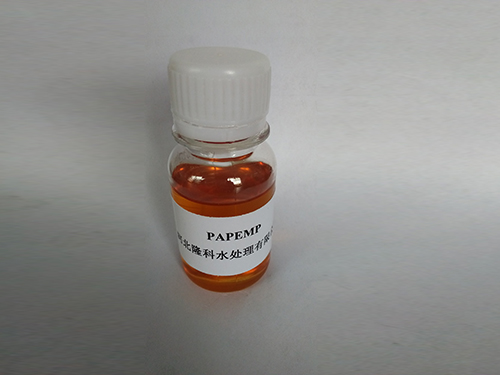Understanding the Processes of Coagulation and Flocculation in Water Treatment Systems
Coagulation and Flocculation Essential Processes in Water Treatment
Coagulation and flocculation are critical processes in the water treatment industry, used to effectively remove particles from water bodies to ensure clean and safe drinking water. These processes involve chemical and physical mechanisms that help in aggregating and settling suspended particles, colloids, and microorganisms, enhancing the quality of water.
The Coagulation Process
Coagulation is the first step in treating water. It involves the addition of coagulants, which are chemicals that destabilize colloidal particles suspended in water. Common coagulants include aluminum sulfate (alum), ferric sulfate, and polyaluminum chloride. When these chemicals are added to water, they react to form aluminum hydroxide or ferric hydroxide, which are larger and have a greater surface area to attract impurities.
The destabilization occurs through neutralization of the surface charges that keep particles suspended. In natural water, sediments and organic matter usually carry negative charges, which repel one another. Coagulants neutralize these charges, allowing the particles to come together and form micro-flocs, larger aggregates that can subsequently settle out of the water.
The Flocculation Process
Following coagulation, the process of flocculation takes place. Flocculation is a gentle mixing process that encourages the micro-flocs created during coagulation to combine further and form larger aggregates known as macro-flocs. This occurs through a slower, more controlled agitation compared to the rapid mixing used in coagulation.
In flocculation, the water treatment plants often employ mechanical stirrers or paddles to gently mix the water. This helps to build up larger flocs, which are easier to remove during sedimentation or filtration. The size and strength of these flocs are crucial, as larger flocs settle more quickly and efficiently during subsequent treatment stages.
coagulation and flocculation

Benefits of Coagulation and Flocculation
One of the primary benefits of coagulation and flocculation is the significant reduction of turbidity in water. Turbid water, which appears cloudy due to suspended solids, can harbor pathogens and other contaminants. By removing these impurities, the processes play a vital role in ensuring safe drinking water and maintaining public health.
Moreover, these processes are not only limited to drinking water; they are equally necessary in wastewater treatment, industrial processes, and even in natural aquatic systems to help manage algal blooms and sediments.
Parameters Influencing Coagulation and Flocculation
Several factors influence the efficiency of coagulation and flocculation processes. The pH of the water is crucial, as it affects the solubility of coagulants and the charge of particles. For instance, alum works best at a pH range of 6-8. The dosage of the coagulant is another critical parameter; adding too little will not effectively remove particles, while too much can lead to excess sludge and regulatory issues.
Temperature and the presence of organic or inorganic materials also impact the efficiency of these processes. Optimizing these factors is imperative for achieving the desired water quality.
Conclusion
Coagulation and flocculation are indispensable techniques in water treatment, ensuring the removal of impurities and the production of clean water. Their successful application requires knowledge of various influencing factors, making it essential for water treatment professionals to continuously monitor and adjust processes as needed. With the increasing demand for clean water globally, mastering these processes will remain a fundamental priority in environmental management and public health. As technology evolves, innovations in coagulant materials and techniques promise to enhance efficiency and effectiveness, paving the way for even better water quality in the future.
-
Pbtc Scale InhibitorPBTC: A Scale Protector for Industrial Water TreatmentNewsAug.05,2025
-
Organic Phosphonate: An Efficient Defender in the Field of Scale InhibitionNewsAug.05,2025
-
Hydrolyzed Polymaleic Anhydride: Green Pioneer in Scale Inhibition FieldNewsAug.05,2025
-
PAPEMP Polyamino Polyether Methylene Phosphonic Acid For SaleNewsAug.05,2025
-
Flocculant Water Treatment: A Pioneer in Purification in the Field of Water TreatmentNewsAug.05,2025
-
Benzyl Isothiazolinone: An Efficient and Broad-Spectrum Antibacterial Protective GuardNewsAug.05,2025





